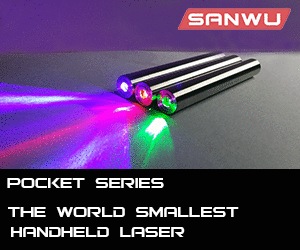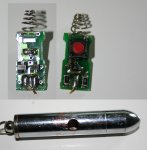I'm pretty sure if you add more voltage to the input of the LM317 when it is configured as a current source ( DDL's circuit ) the voltage across the diode will still be the same.
The only problem I can see is that this extra voltage will have to be dissipated in the regulator and result in a little extra heat.
The only problem I can see is that this extra voltage will have to be dissipated in the regulator and result in a little extra heat.




